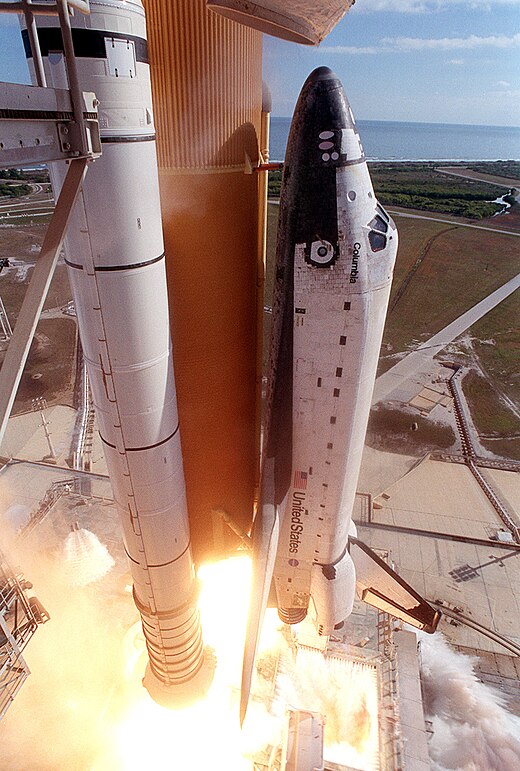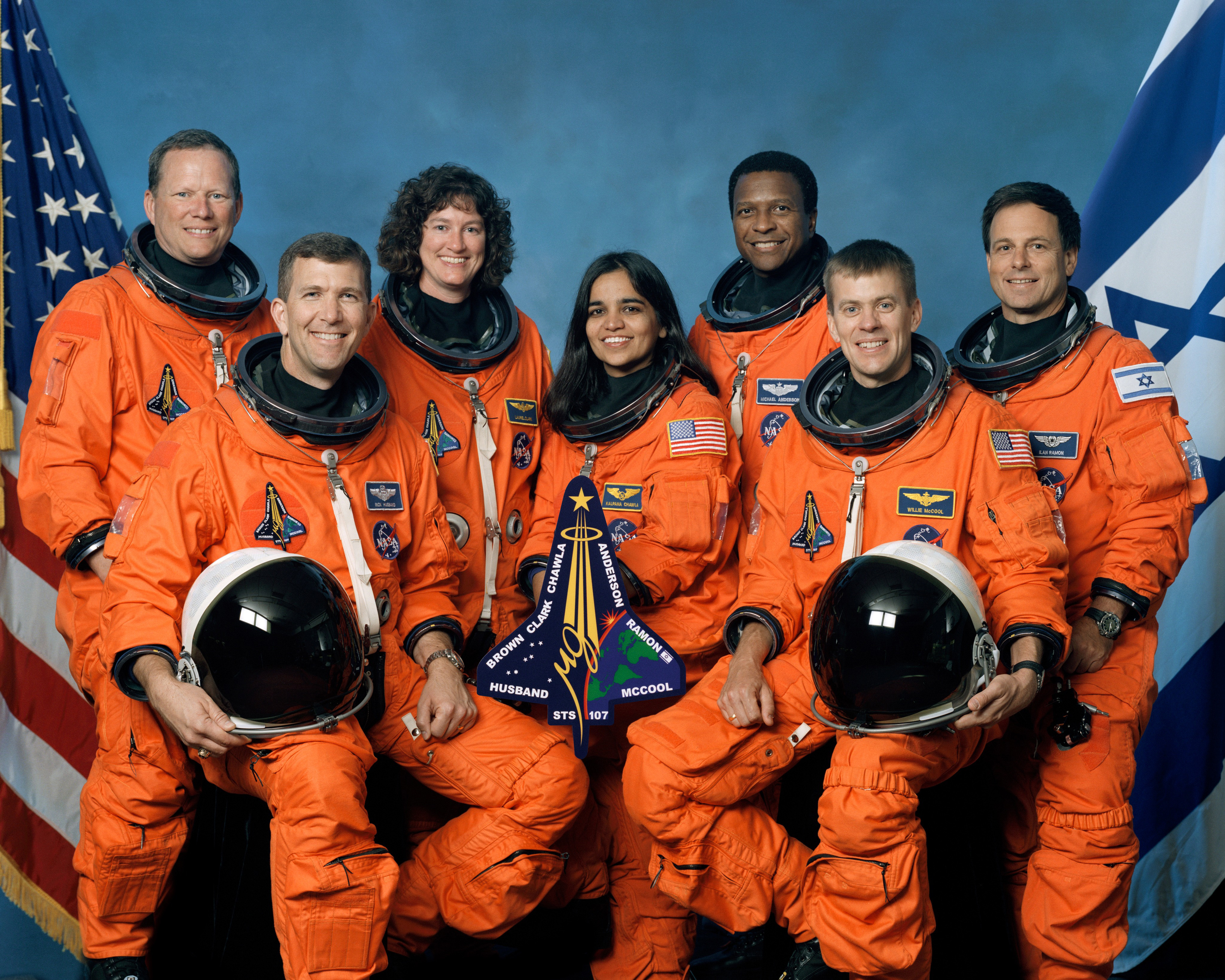March 17, 1962 – birthday of Kalpana Chawla, an Indian American astronaut and the first woman of Indian origin in space. Kalpana Chawla was born in Karnal, Punjab (now in Haryana). Her official date of birth was altered to 1 July 1961 to allow her to join school underage.
After getting a Bachelor of Science degree in Aeronautical Engineering from Punjab Engineering College, Chandigarh, she moved to USA in 1982 where she obtained the Master of Science degree in Aerospace Engineering from the University of Texas in 1984.
| Punjab Engineering College |
Chawla went on to earn a second Masters in 1986 and a PhD in aerospace engineering in 1988 from the University of Colorado, Boulder. She held a Certificated Flight Instructor rating for airplanes, gliders and Commercial Pilot licenses for single and multi-engine airplanes, seaplanes and gliders.
 |
| Logo of University of Colorado Boulder. |
After becoming a naturalized US citizen in April 1991, Chawla applied for the NASA Astronaut Corps. She joined the Corps in March 1995 and was selected for her first flight in 1996. Her first space mission began on November 19, 1997, as part of the crew that flew the Space Shuttle Columbia flight STS-87.
 |
| Columbia launches on STS-87 |
Chawla was the first Indian-born woman and the second Indian person to fly in space, following cosmonaut Rakesh Sharma who flew in 1984 on the Soyuz T-11.
In 2000, Chawla was selected for her second flight as part of the crew of STS-107. This mission was repeatedly delayed due to scheduling conflicts and technical problems such as the discovery of cracks in the shuttle engine flow liners. On January 16, 2003, Chawla finally returned to space aboard Space Shuttle Columbia on the ill-fated STS-107 mission. Chawla's responsibilities included the microgravity experiments, for which the crew conducted nearly 80 experiments studying earth and space science, advanced technology development, and astronaut health and safety.
 |
| Space Shuttle Columbia lifts off from Launch Pad 39A on mission STS-107. Launch occurred on 16th January, 2003 |
During the launch of STS-107, Columbia's 28th mission, a piece of foam insulation broke off from the Space Shuttle external tank and struck the left wing of the orbiter. It was suspected that the damage to Columbia was more serious than in the previous shuttle launches but the investigation was limited with the reasoning that the crew could not have fixed the problem if it had been confirmed. When
Columbia re-entered the atmosphere of Earth, the damage allowed hot atmospheric
gases to penetrate and destroy the internal wing structure, which caused the
spacecraft to become unstable and slowly break apart.
 |
| One of the Space Shuttle Columbia's Main Engine powerheads found on the ground |
 |
| The Final Report of the Columbia Accident Investigation - download the info-graphic here |
Primary Source - Wikipedia





No comments:
Post a Comment